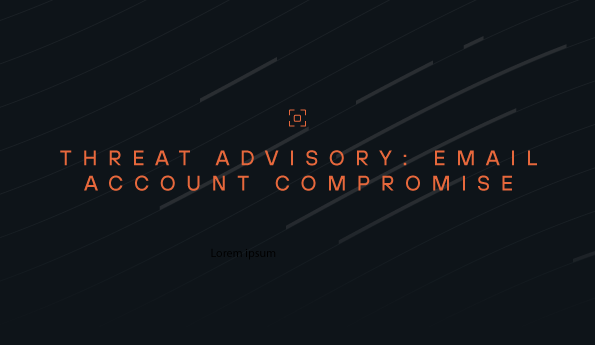Using SASE to help meet cyber insurance requirements
Cyber insurance is more crucial now than ever. With global IT outages and the consistent rise of cyberattacks, organizations need liability coverage to anticipate risk and protect their assets.
Meeting cyber insurance requirements is no simple task. Businesses need to prove they have a developed cybersecurity program with the proper layers of defense, showing they’ve done their due diligence when assessing and addressing risk.
Network security is one of the most important aspects of a strong cybersecurity program. Using SASE, organizations can secure remote connections and meet cyber insurance requirements.
Network security cyber insurance requirements
Although it varies between carriers, there are several key characteristics cyber insurance providers look for regarding network security.
Infrastructure security
One of the most important network security requirements is locking down infrastructure. Secure remote connections show carriers that organizations have taken measures to protect sensitive data and environments. Many cyber insurance providers require organizations to leverage options like firewalls and VPNs, but these are often exploited and are not the best way to secure access.
Monitoring
Visibility over network activities is a crucial aspect of any cybersecurity program and essential for cyber insurance. As a requirement, organizations must prove they can detect and respond to intrusions within the network. They also must be able to analyze traffic within the network to uncover potential anomalies that can indicate compromise. This is another area where VPNs fall short specifically, as organizations can only get visibility when users decide to use them. Otherwise, their traffic is completely unseen to IT and security teams.
Data protection
Protecting both organizational and customer data is paramount for mitigating risk. Implementing robust data protection measures, such as conditional access to sensitive environments, demonstrates a strong security posture to insurers. Data encryption and multi-factor authentication (MFA) further support these efforts.
How SASE meets these requirements
Because it combines many network security functions into a single cloud-based solution, SASE is ideal for meeting network security requirements for cyber insurance.
Infrastructure security
- Enhanced security posture: SASE is a comprehensive network security solution, combining multiple functions like Secure Web Gateways, Firewall-as-a-Service, Zero Trust Network Access, Software-Defined Perimeters, and more. This layered, consolidated approach makes it easier for organizations to secure their infrastructure at scale. In turn, it significantly reduces the likelihood of successful cyberattacks, making the organization a lower risk for insurers. Conditional access helps reduce the attack surface even further, making it harder for a threat actor to attempt exploitation.
- Support for remote work security: With the rise of remote and hybrid work models, SASE's ability to secure access to critical infrastructure from any location is particularly valuable. This addresses a major concern for insurers regarding the expanded attack surface in distributed work environments.
- Reduced complexity: By consolidating multiple security functions into a single cloud-based solution, SASE reduces the complexity of infrastructure security. This simplification can make it easier for organizations to demonstrate their security measures to insurers.
Monitoring
- Improved network visibility: SASE offers global visibility into traffic and other network activities without requiring users to log in to VPNs. This enhanced visibility helps IT teams assess and manage cyber risks, an important aspect of insurance applications and ongoing risk management. Historic data can play an important part in reconstructing an incident and giving responders a leg up on what happened, saving time and money.
- Continuous monitoring and threat prevention: SASE's integrated security features ensure continuous monitoring and threat prevention, which aligns with insurers' preferences for proactive security measures.
Data protection
- Consistent policy enforcement: SASE enables consistent enforcement of security policies such as conditional access and MFA across the entire corporate network. This uniformity in security measures is attractive to insurers as it demonstrates a comprehensive approach to risk mitigation.
- Secure access tunnels: With SASE, IT and security teams can enforce secure tunnels through which users access resources. These tunnels are inherently encrypted, protecting data flows and rendering traffic invisible to external parties.
These are only a small collection of the risk management and network security functions SASE provides. Organizations can leverage SASE to fully modernize their network and meet cyber insurance requirements.
Learn more about SASE
Armed with a SASE solution, you can reduce your network risks and enforce consistent, consolidated security through the cloud. This said, not all SASE solutions are created equal. Learn more about SASE and how to find the best option for you; download our free SASE eBook.
See Todyl in Action
Learn how you can protect what you built.
Stay on the Cutting Edge of Security
Subscribe to our newsletter to get our latest insights.



